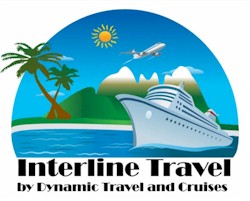|
|
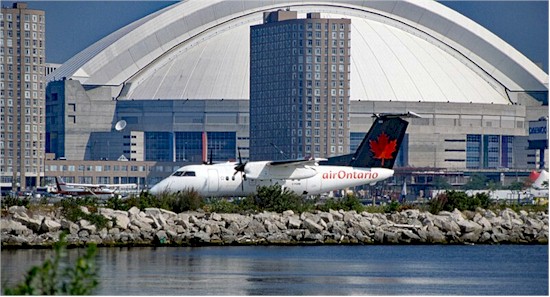 |
|
Air Ontario C-FGRM DHC-8-100 at Toronto Billy Bishop Airport
Photo by Murgatroyd49 @commons.wikimedia.org
|
|
The final flight of the Coulson Aviation Martin Mars to Victoria, British Columbia to its resting place at the British Columbia Aviation Museum on August 11, 2024 was captured by several YouTube videographers.
Below is a link posted by our favourite videographer, Alex Praglowski.
|
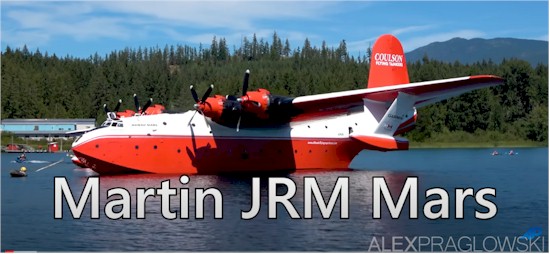 |
|
Posted on the BC Aviation Museum YouTube channel -
Dewatering the Mars - Navigating the jetty and narrow launch
|
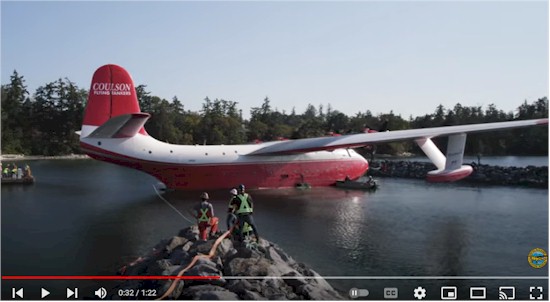 |
 |
|
Referring to the story originally published in October 1999, that we reprinted in NetLetter #1539, entitled 'Gopher at one hundred and fifty feet', Elle Park shared this story with us.
Arnold Broese-van-Groenou's story about the near miss of a hawk and a gopher reminded me of a collision on takeoff out of Winnipeg.
We were flying a DC-9. Just after liftoff there was a thump and a shudder. We decided to leave the aircraft just as it was. It was flying without any change in anything. No indication of any change on the engine instruments, controls were smooth ... so don't change anything.
Then there was a horrible stench throughout the inside of the aircraft. We asked the tower to put the glasses on us while we flew by, first to view the right side then to view the left side.
As they could not see anything, we decided to land and let Maintenance look us over. After shutting down, line maintenance came on board holding the wing of a large hawk. The wing was nearly 18" long. (We still measured in inches and feet back then).
So the hawk had to measure better than three feet across. The bird had struck midway up the oleo. Most of the winged creature had gone through the port engine. As the air conditioning came off the engines, the bird was cooked and the feathers singed; hence the terrible smell.
We decided to take the DC-9 off the ramp, run it to take-off power for the max. time, shut down, open the clam shells and inspect the engine.
Everything checked A-OK in NASA (NACA) terms. The decision was to carry on to YYZ. After take off, we told everyone we were having boiled owl, or roast hawk for lunch, and wouldn't you know we had ... chicken.
|
|
Terry Baker, co-founder of the NetLetter scours the internet for aviation related Trivia and Travel Tips for you, our readers, to peruse.
|
|
Continuing our tale of the tails -
|
|
|
|
Answers to the tails in NetLetter #1539 |
|
(Click to view larger image)
|
|
Interline travel deals from Dynamic Travel and Cruises -
|
|
Inaugural flight from Prince George to Terrace, was on May 2, 1951 by Central BC Airways using an Avro Anson Mk. V.
Central British Columbia Airways changed its name to Pacific Western Airlines in 1953.
|
|
YYZ humble beginnings.
From humble beginnings to Canada's largest airport! The first passenger flight landing at what was then called Malton Airport, an American Airlines DC-3 from Buffalo touched down on August 29, 1938 at 13:10. The first of many landings. |
 |
|
As demand for air travel grew, new terminals and runways were quickly added. The first modern terminal, Aeroquay 1, was opened in 1964. Its innovative circular design was intended to handle up to 3.5 million passengers.
|
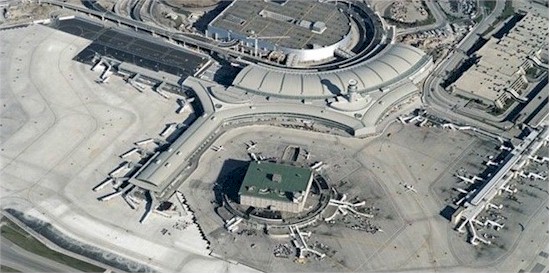 |
|
When it was closed in 2004, Aeroquay 1 was handling almost 9 million passengers each year. To meet growing demand, Terminal 2 was opened in 1972, Terminal 3 in 1993 and a new Terminal 1 in 2004.
Today’s Pearson operates out of two terminals designed with a linear concept; Terminal 1 and 3. Terminal 2 was demolished in 2008.
|
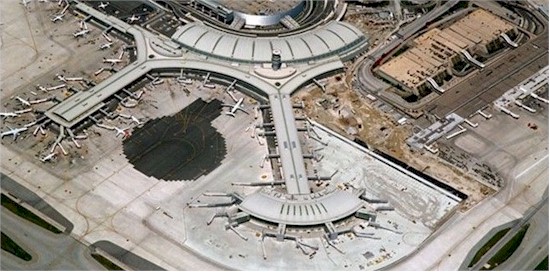 |
|
The Airplane Restaurant.
Colorado Springs, Colorado, USA
Airplane food isn't always the best except on this airplane! The Airplane Restaurant is a Boeing KC-97 tanker turned restaurant seating 42 passengers for a meal. The tanker includes memorabilia and pictures from aviation throughout the years. The Airplane Restaurant is perfect for a meal and a ride through aviation history.
Source: www.theairplanerestaurant.com/
|
 |
|
History of a DC-3.
Built as Skytrain registration 42-92995, construction number 12857, and delivered to the US Army Air Force on March 27, 1944, being assigned to the North African Wing of the US Air Transport Command on April 24, 1944. It was returned to the USA on August 20, 1945, going to the Reconstruction Finance Corporation on June 5, 1946. As NC44587 it went to West Coast Airlines, Fleet No. 101, on November 6, 1946.
A lease to Canada with Pacific Western Airlines as CF-ONH took place on April 17, 1962. It was back with West Coast Airlines on August 6, 1963, registered N44587, and went back to Pacific Western Airlines again as CF-ONH on March 15, 1964.
Air West next bought this DC-3 and it again became N44587. The Aerodyne Corporation of Renton, Washington, purchased the transport on January 28, 1969, and it was registered to them on April 9, 1969. Aerodyne went out of business and 12857 stood derelict at Renton from May 1974 until purchase by Salair, who today operate a fleet of DC-3 transports out of Seattle and Sacramento airports on cargo services.
Registered as N44587 and, in 2002, was owned by Alta Leasing Inc, Salt Lake City, Utah.
Source: aerialvisuals.ca
|
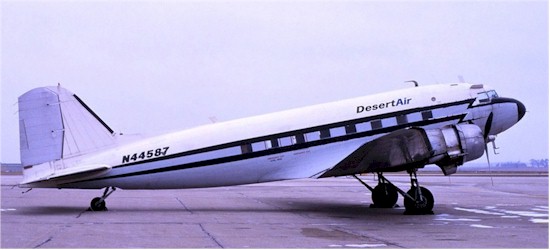 |




